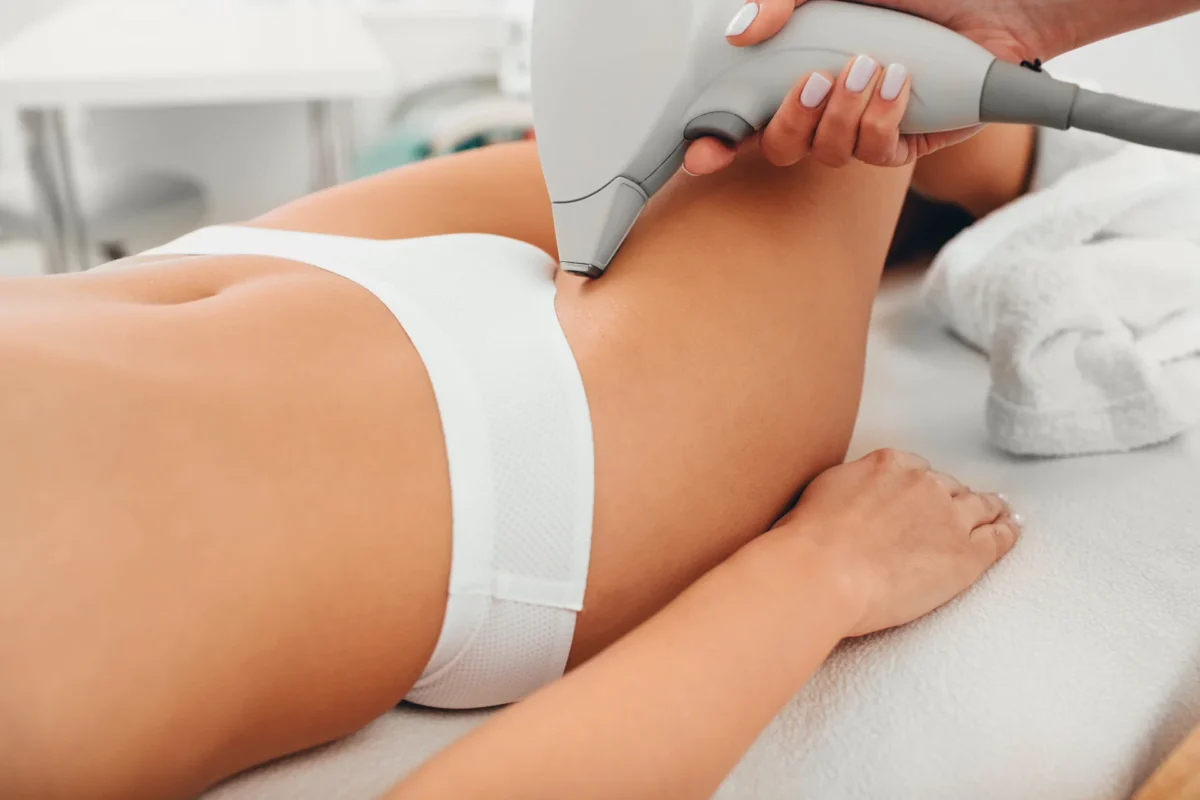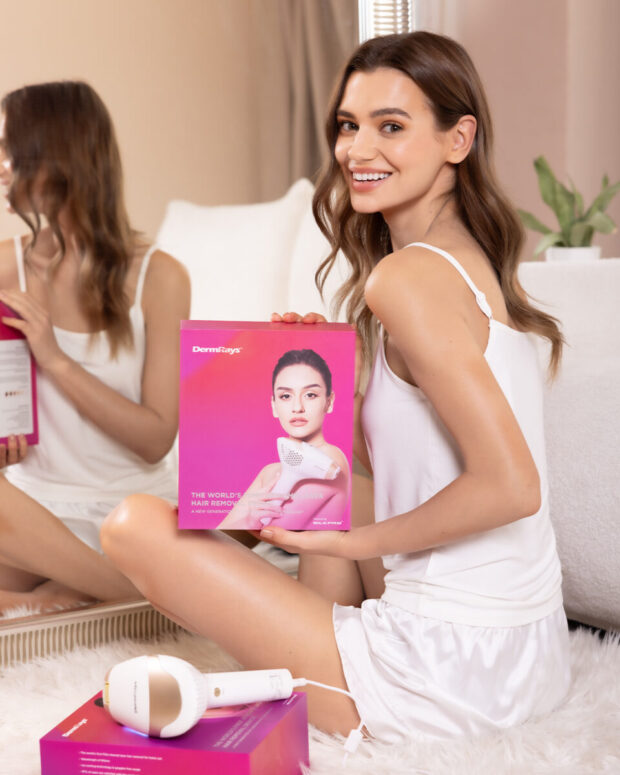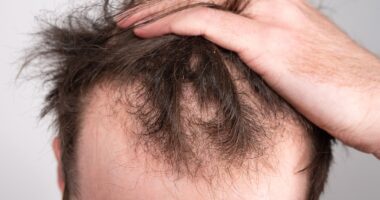Safe and effective hair removal is especially important during the summer when more skin is exposed.
Dermatologists, with their expertise, offer valuable advice on the best hair removal methods to use during this season.
Their insights help ensure that you achieve smooth, hair-free skin without compromising your skin’s health.
1. Different Hair Removal Methods
There are two main methods that can achieve this:
Laser Removal

Laser removal works by targeting hair follicles with concentrated light beams, which damage the follicles and inhibit future growth. This method is praised for its long-term reduction in hair and minimal regrowth.
However, it requires multiple sessions, typically spaced a few weeks apart, to achieve optimal results.
The effectiveness of laser removal can vary based on skin and type, with the best results often seen in individuals with light skin and dark hair. It’s important to consult with a dermatologist to determine if laser removal is suitable for you.
According to Krauss Dermatology, this method is both efficient and relatively painless compared to other permanent removal options.
Electrolysis
Electrolysis involves inserting a tiny probe into the hair follicle and using an electric current to destroy the follicle’s growth center. This method is FDA-approved for permanent hair removal and is suitable for all skin types.
Benefits include its ability to provide permanent results, making it a popular choice for those seeking a long-term solution. However, electrolysis can be painful and requires a significant time commitment, as each hair follicle is treated individually.
Multiple sessions are needed to achieve the desired results.
2. Preparation and Aftercare Tips

Before the Treatment
Proper preparation before hair removal treatments can enhance their effectiveness and reduce the risk of complications.
It’s crucial to avoid sun exposure and certain skincare products, such as those containing retinoids or acids, as these can increase skin sensitivity.
Shaving the treatment area a day before the session is recommended to ensure the laser targets the hair follicle directly and not the surface hair.
After the Treatment
Post-treatment care is essential to maintain the health of your skin and the effectiveness of the removal process. Applying sunscreen to the treated area is vital to protect the skin from UV rays, which can cause hyperpigmentation or other damage.
Avoiding sun exposure for at least a week after treatment helps prevent adverse reactions. Keeping the treated area clean and hydrated with gentle moisturizers can aid in the healing process and reduce the risk of irritation. The NY Post emphasizes the importance of these aftercare steps in achieving the best results from removal treatments.
3. Choosing the Right Method for You

Selecting the most suitable removal method depends on various factors, including your skin and hair type, pain tolerance, budget, and desired results. Consulting with a dermatologist is crucial to evaluate these factors and determine the best approach.
For example, laser removal might be ideal for those with lighter skin and darker hair, while electrolysis could be more suitable for individuals seeking a permanent solution regardless of their hair and skin type.
Pain tolerance is another consideration; those with low pain tolerance might prefer laser hair removal over electrolysis. Additionally, budget plays a significant role, as the initial and long-term costs of these methods vary.
Understanding potential side effects and how to mitigate them, such as skin irritation or pigmentation changes, is also important. A dermatologist can help navigate these choices to ensure a safe and effective hair removal experience.





